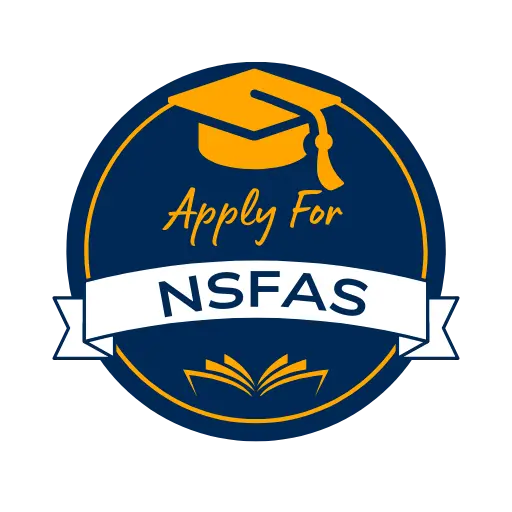How NSFAS Verifies Household Income for Eligibility
When you apply for NSFAS the organization conducts several verification procedures to check whether you are eligible for the aid or not. It also checks your household income and ensures your gross household income should not exceed R 350 000 per year to be eligible for getting the funds.
But if you are a disabled person then your gross household income should not reach more than R 600,0000 per year. Keep in mind if you are already getting an SASSA grant, then there is no need to reach your eligibility requirement because that means you are automatically financially eligible.
This is because the organization is also tracking your household income. NSFAS checks your household income as soon as you apply for the funds.
While applying, you provide information about your financial status and information about your household income. Then the organization screens the data to confirm whether you meet eligibility criteria or not.
Documents that you have submitted like salary slips, bank statements, and text details are also checked for any frauds or stamps. Moreover, the organization also conducts some means tests that consider the factors including the number of family members in the home, the overall household income, and the financial responsibilities that you have in your family.
This test tells how stable the family is and the level of financial assistance that a student is eligible for. Lastly, the organization cross-checks the information with other government databases like the Department of Home Affairs to confirm that the information you have provided is all correct.
